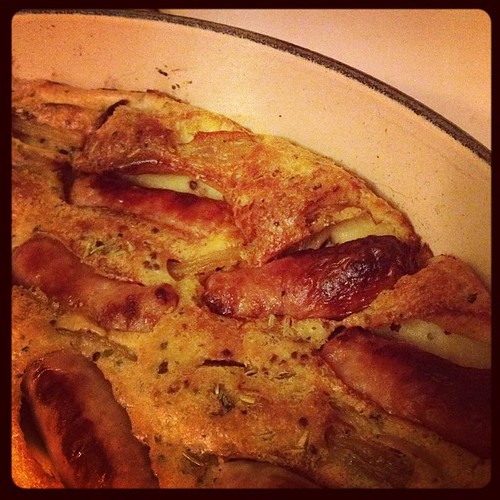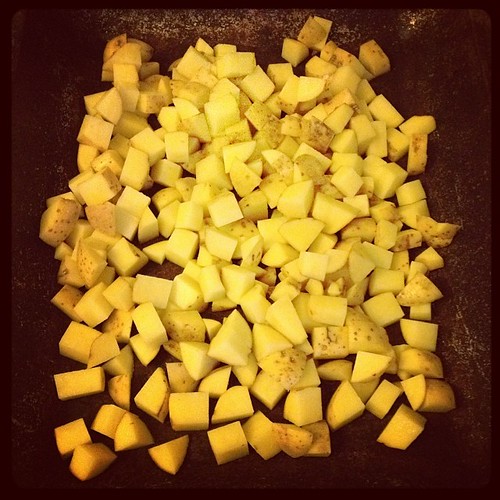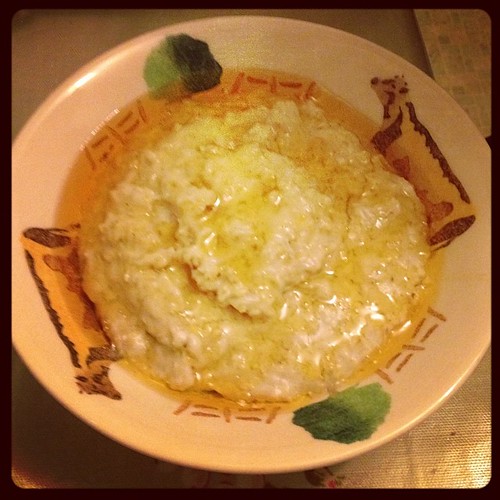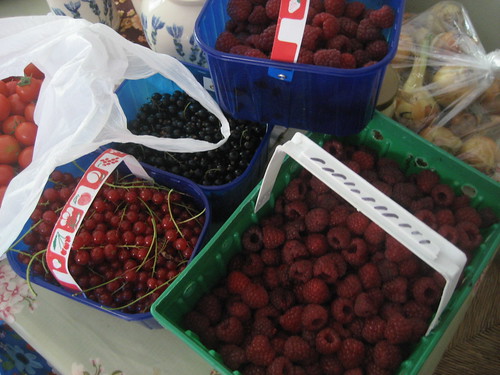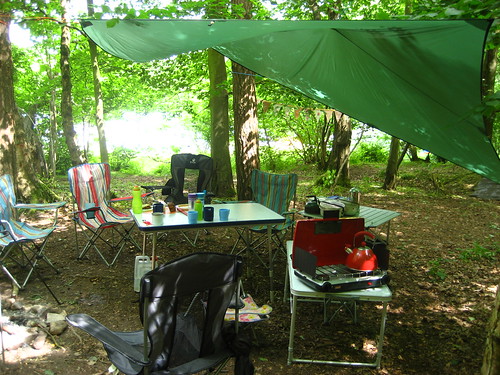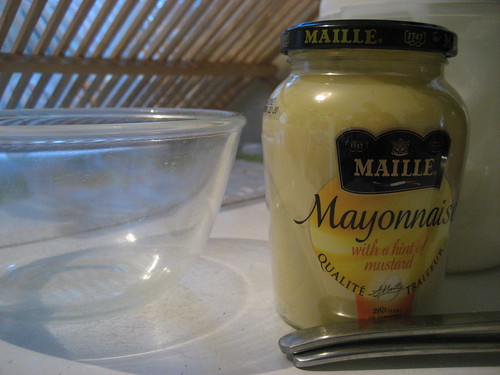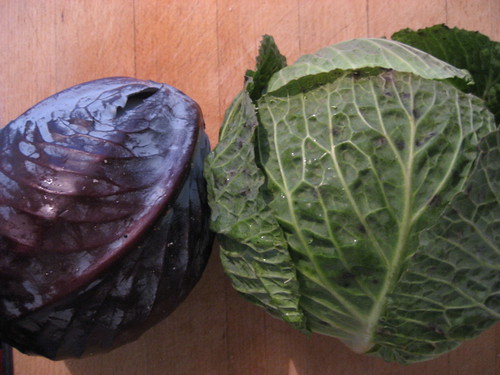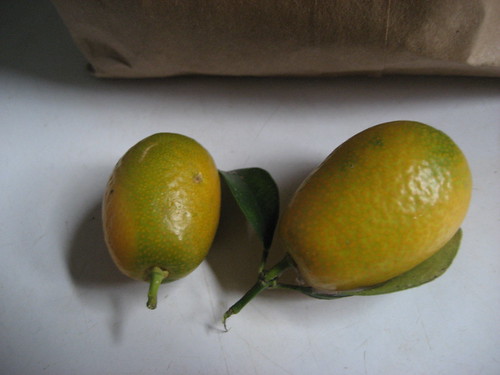I have had a really good crop of rhubarb in my garden this summer. I have been cutting big handfuls of stalks, like this one I cut last night, every couple of weeks. There is not enough rhubarb here to call it a glut, but there are still many things I will do with it:
- poached very briefly in orange juice, to eat with yogurt for breakfast
- put into a cake - Nigella has plenty of recipes, and there is also this fantastic one from Driftwood that I have made several times
- rhubarb and apple crumble
However, I have also been tackling proper fruit gluts this summer. The branches on the plum trees at Mum & Dad's house were snapping under the weight of plums.
A glut of cherry plums in Mum & Dad's garden
And the wild hedgerow plum trees all through southern France were dropping plums and sweet juice all over the roadside. When we went for walks we gathered and ate the plums as we walked.
Just look at the glee on their faces at yet more sweet plums!
Gathering greengages in my dress on an evening walk
Mum had already made several batches of jam before we arrived, and I had spent a few days making strawberry jam back in England, so our stocks of jam were already good. And jam making is a slow, hot and sticky business when the weather is hot too.
I saw a great range of these Le Parfait jars in the local supermarket and suddenly thought I might like to have a go at canning, or bottling, the plums. Canning seems to be the word used in America, and bottling seems to be the word used in Britain, but they are exactly the same thing. In France they use the word 'conserver' to describe everything from jam making to pickling of cornichons. Like our umbrella term 'preserving'.
The internet gave me a million different methods of bottling fruit, and these varied wildly according to which country the instructions came from. In the end we went with a method that was part various American YouTube tutorials and part a kind friend's emailed excerpts from the River Cottage Preserves Handbook.
This is what we did:
- We halved and stoned the plums and put them into sterilised jars.
- We made a 50:50 sugar syrup, using 500g caster sugar and 500ml water, and when it was still hot poured this over the plums until it reached the mark at the top of the jars.
- Then we placed the first lid (the lid that seals the jar) lightly on top, and then partially screwed the second lid on top.
- To seal the jars you then have to heat them. This is where I was most unsure of my method. Some sources said to heat the jars in a water bath, some said to heat directly in the oven. Times and temperatures varied wildly. Hugh F-W said we could do either method, so we went with the water bath.
- We put the jars of plums into a large pan, sitting them on a folded tea-towel. Then we poured boiling water into the pan until it came half-way up the jars.
- The pan full of water and jars then went into a hot oven (gas mark 8) for forty minutes.
- The jars were taken out and left to get completely cold overnight. Then I checked that the first lid had completely sealed, and tightened the second lid.
The whole process was far quicker than making jam, and gives you fruit preserved in syrup, which can then be eaten with yogurt, cream or custard, and made into cakes or crumbles.
We learnt that we needed to pack the fruit in much, much tighter than we had done the first time, and that we could also use a much weaker sugar syrup. 175g of sugar to 600ml of water makes a good syrup that works on any type of fruit apart from the very sourest (such as damsons or gooseberries).
But even so the whole experiment was a great success. We opened one jar a week later to try it out, and were swooning with delight at how tasty it was (nothing to do with the very sweet 50:50 sugar syrup, I'm sure).
Slightly obsessed by this point, I went on to bottle some tomato sauce. The weekly markets always had incredible tomato stalls and one Sunday I succumbed to this enormous crate for €10 (which I then lugged around the crowded market, while C and O pretended not to know me).
I also bought a huge bunch of basil and a bag of garlic and shallots, and made industrial quantities of tomato and basil pasta sauce. I spooned the hot sauce into the sterilised jars, put on the lids as I did for the plums, and then sealed them using the same water bath method.
And when we came to leave Mum and Dad's to drive to Switzerland, the car boot was half full of bottled plums and tomato & basil sauce. I also brought back some more jars from the supermarket so that I can do some bottling at home, but if you want to have a go yourself you don't need to go to France for the jars and replacement inner (sealing) lids. You can buy them online here and here.
This week I'm off to the PYO farm, because they still have plenty of summer berries and tomatoes for me to pick, and I still have a dozen empty jars waiting for me in the kitchen.
My fruit glut - ready to be put into the car and driven home, via Switzerland


